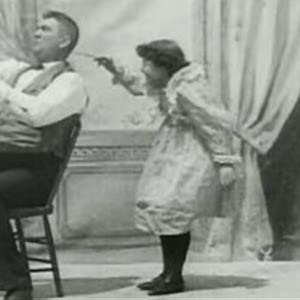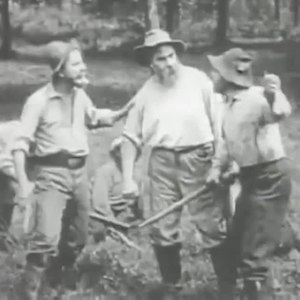North/Central America
The Pennsylvania Gazette: Free blacks and mulattos flee (4 December 1793)
Along with whites, free blacks and mulattos were also among those who fled the Haitian uprising. Mulattos could own slaves and plantations, and many of them did. Free blacks often manned the militias used to hunt down runaway slaves.
The Pennsylvania Gazette: White Refugees (17 July 1793)
This newspaper article reports sympathetically on the situation of the white refugees fleeing Haiti because of uprising. The articles details how the cities of Baltimore and Philadelphia met the influx of these refugees.
The Pennsylvania Gazette: Blame Now Falls (16 May 1792)
The blame for the Haitian Revolution now falls, at least according to the author of this letter, on the "blood–thirsty aristocracy," which has created dissensions among the French. The author also expresses alarm at the thought of the revolt spreading to other islands in the Caribbean.
The Pennsylvania Gazette: Magnitude of the Insurrection (12 October 1791)
The magnitude of the Haitian insurrection quickly became clear as alarmed observers related that considerable armies were being raised to fight the rebels. It is noteworthy that such reports even to northern U.S. newspapers expressed little sympathy for the rebels.
The French Return from An Historical Account of the Black Empire of Hayti
In this excerpt, Rainsford continues to exhalt the qualities of L’Ouverture while criticizing French behavior in the attempted reconquest of the island under Napoleon.
Toussaint L’Ouverture in An Historical Account of the Black Empire of Hayti
Rainsford paints a glowing portrait of the abilities and accomplishments of L’Ouverture, the most noted leader of the rebellion and one of the key founders of the nation of Haiti.

Little Mischief
This 25-second "kinetoscope" shot on Vitagraph's roof-top studio in New York City by Thomas A. Edison Inc. in 1898/1899, sheds light on shifting notions of girlhood at the turn of the 20th century.

Swords and Hearts
In the years before D. W. Griffith made The Birth of a Nation (1915), the epic film that debuted on the 50th anniversary of the Civil War, he produced 11 Civil War films in which he mastered the art of filmmaking and storytelling. These have surprising relevance to the history of girls.

The House with Closed Shutters
In the years before D. W. Griffith made The Birth of a Nation (1915), the epic film that debuted on the 50th anniversary of the Civil War, he produced 11 Civil War films in which he mastered the art of filmmaking and storytelling. These have surprising relevance to the history of girls.
The Revolt from An Historical Account of the Black Empire of Hayti
Rainsford’s detailed contemporary account of the revolt emphasizes the strenuous yet ultimately unsuccessful mobilization of colonial French resources.